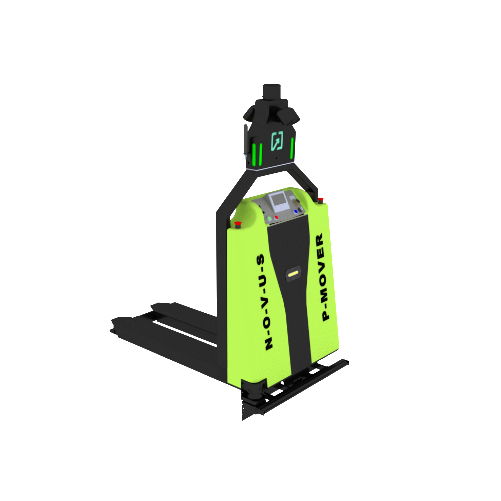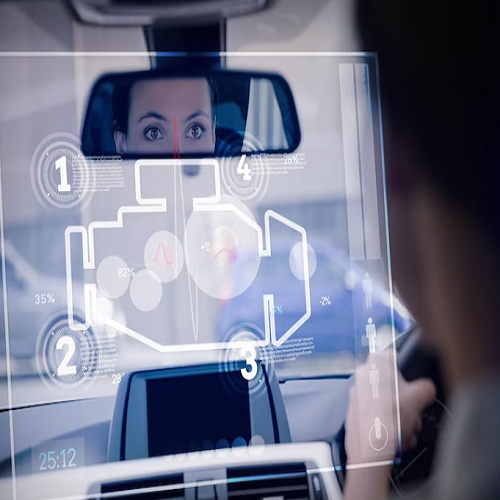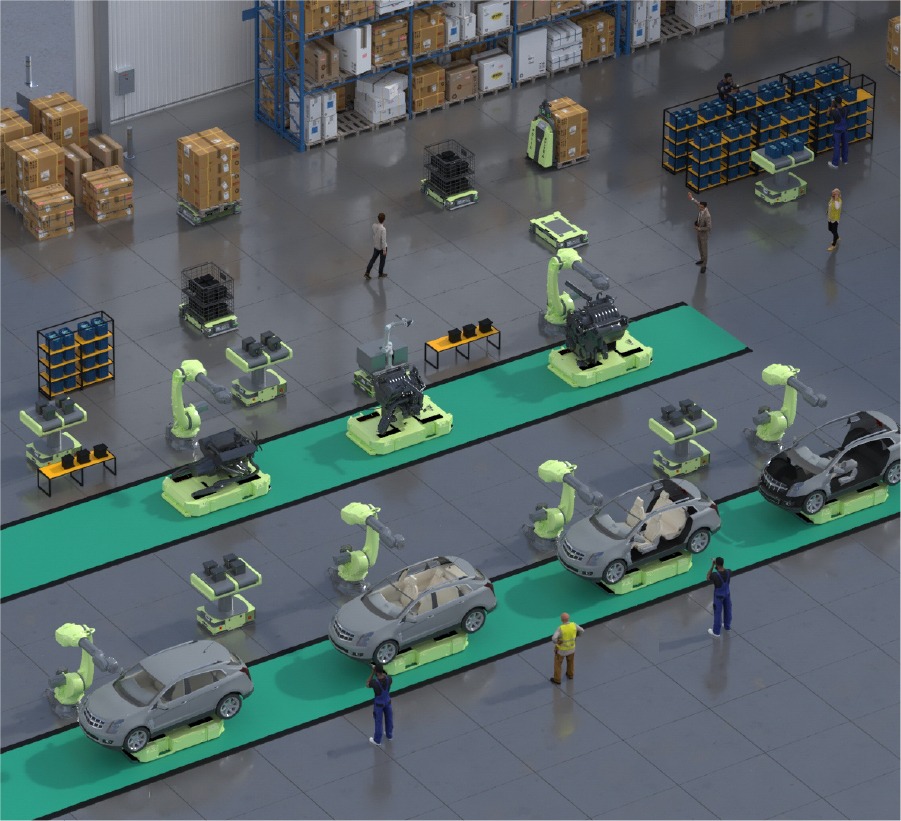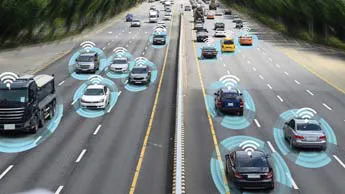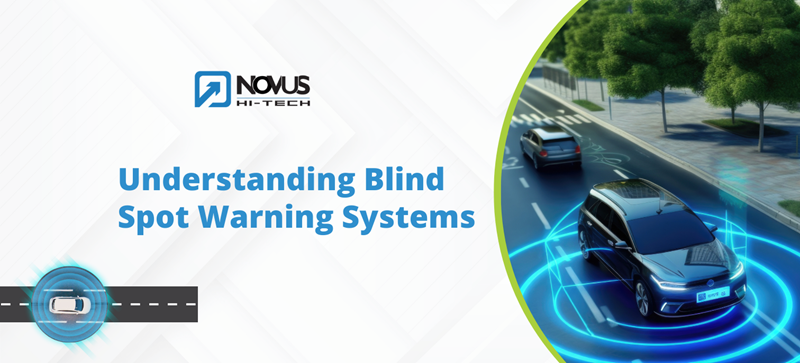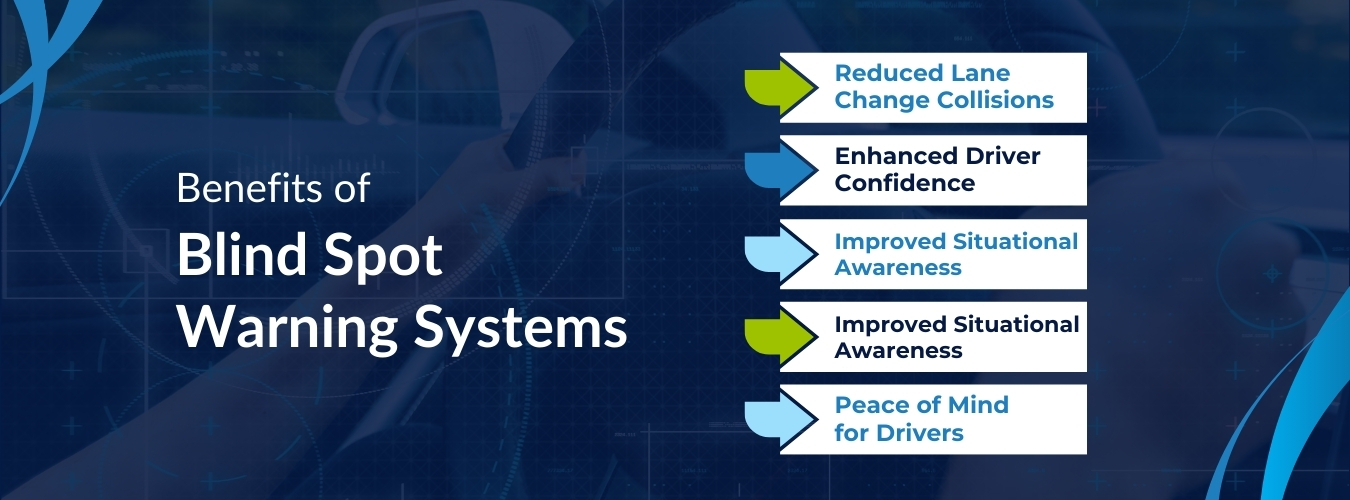Have you ever experienced that heart-stopping moment when you’re about to change lanes, only to realize at the last second that there’s a vehicle lurking in your blind spot? I vividly recall one such incident where I narrowly avoided a collision thanks to a quick reflex and a loud honk from the vehicle I almost collided with. It was a stark reminder of just how vulnerable we can be on the road, especially when our vision is limited by blind spots.
Blind spots, those areas around our vehicles that are not visible in our mirrors, have been the cause of countless accidents and near misses. However, thanks to advancements in automotive technology, we now have a powerful ally in the fight against blind spot-related accidents: Blind Spot Warning Systems (BSW).
BSW is a critical safety technology that uses sensors to detect vehicles in your blind spots and alerts you to their presence. These sensors, often located on the sides and rear of the vehicle, continuously monitor the surrounding areas for any vehicles that may be in your blind spots. When a vehicle is detected, the system provides a visual or auditory alert to warn you, allowing you to take evasive action and avoid a potential collision.
The benefits of BSW are immense, especially for drivers of all experience levels. For new drivers, BSW provides an added layer of safety and confidence, helping them navigate the roads with greater ease. For experienced drivers, BSW serves as a valuable backup, alerting them to potential dangers they may have missed.
Moreover, BSW is not just beneficial for drivers; it also benefits passengers, pedestrians, and other road users by reducing the likelihood of accidents. By helping drivers avoid collisions, BSW contributes to overall road safety and helps save lives.
Whether you’re a seasoned driver, a car enthusiast, or a safety advocate, BSW is a technology that deserves your attention. Its ability to prevent lane change accidents and enhance overall driving safety makes it a crucial feature in modern vehicles. So, the next time you’re on the road, remember that your guardian angel may just be a blind spot warning away.
Understanding Blind Spots and Lane Change Risks
Blind spots are those pesky areas around a vehicle that are not visible to the driver, even when using mirrors. Despite our best efforts to check our surroundings before changing lanes, these blind spots can hide other vehicles, cyclists, or pedestrians, putting us at risk of a collision.
The size and location of blind spots can vary depending on the vehicle’s size and the positioning of its mirrors. Larger vehicles, such as trucks and SUVs, tend to have larger blind spots due to their size and height. Similarly, improperly adjusted mirrors can create larger blind spots, making it crucial to properly adjust your mirrors to minimize these areas of limited visibility.
The dangers of blind spots are particularly evident when it comes to lane changes. When a driver attempts to change lanes without properly checking their blind spots, they run the risk of colliding with a vehicle that is hidden from their view. This risk is further exacerbated on highways and busy roads, where vehicles are traveling at high speeds and the margin for error is slim.
Statistics on lane change accidents paint a sobering picture of the dangers posed by blind spots. According to the National Highway Traffic Safety Administration (NHTSA), approximately 840,000 lane change accidents occur in the United States each year, resulting in over 400,000 injuries and 4,000 fatalities. While not all of these accidents can be attributed to blind spots, it is clear that they play a significant role in many lane change-related collisions.
It is essential for drivers to be aware of their blind spots and to take proactive measures to minimize the risks associated with them. This includes properly adjusting mirrors, performing shoulder checks before changing lanes, and, where available, relying on technology such as Blind Spot Warning Systems (BSW) to provide an extra layer of protection. By understanding the risks posed by blind spots and taking appropriate precautions, drivers can help make the roads safer for everyone.
Explore how Blind Spot Warning Systems enhance vehicle safety and driver awareness. Download our Guide for expert insights and installation best practices!
Explore how Blind Spot Warning Systems enhance vehicle safety and driver awareness.
Download our Brochure/E-book for expert insights!
How Blind Spot Warning Systems Work
Blind Spot Warning Systems (BSW) are a remarkable feat of automotive engineering, designed to enhance driver safety by detecting vehicles in the vehicle’s blind spots and providing timely warnings to the driver. These systems typically utilize a combination of sensors, including radar, ultrasonic, and cameras, to monitor the surrounding areas and detect potential hazards. Let’s delve into the technical aspects of how BSW works:
- Sensor Technologies:
- Radar: Radar sensors use radio waves to detect objects in the vehicle’s vicinity. They are highly effective in detecting vehicles even in poor weather conditions and at long ranges.
- Ultrasonic Sensors: Ultrasonic sensors emit high-frequency sound waves and detect objects based on the time it takes for the sound waves to bounce back. They are often used for close-range detection, such as when a vehicle is in the blind spot during a lane change.
- Cameras: Cameras provide visual information about the vehicle’s surroundings. They are particularly useful for detecting smaller objects, such as motorcycles or bicycles, that may be in the blind spot.
- Advantages and Limitations of Each Sensor Type:
- Radar sensors have a longer range and are less affected by weather conditions compared to ultrasonic sensors. However, they may struggle with detecting smaller objects.
- Ultrasonic sensors are excellent for close-range detection but may be less reliable in adverse weather conditions or at high speeds.
- Cameras provide detailed visual information but may be impacted by poor visibility conditions, such as rain or fog.
- System Functionality:
- BSW systems continuously monitor the areas behind and beside the vehicle, where blind spots are typically located.
- Sensors scan these areas and send data to a central processing unit, which analyzes the information to determine if there is a vehicle in the blind spot.
- Warning Alerts:
- Visual Alerts: BSW systems often use illuminated lights on the side mirrors or dashboard to alert the driver. These lights are usually accompanied by an audible alert to draw the driver’s attention.
- Audible Alerts: Audible alerts can include beeps, chimes, or voice warnings, informing the driver of a potential hazard.
- Haptic Alerts: Some BSW systems include haptic feedback, such as seat vibrations, to alert the driver without causing distraction.
By combining these sensor technologies and alert systems, BSW helps drivers navigate the roads safely, reducing the risk of accidents caused by blind spots.
Benefits of Blind Spot Warning Systems
Blind Spot Warning Systems (BSW) offer a host of benefits that contribute to safer and more confident driving. Here are some key advantages:
- Reduced Lane Change Collisions: BSW alerts give drivers crucial time to react and potentially avoid accidents with vehicles in their blind spots. By providing timely warnings, BSW helps prevent dangerous lane change collisions, especially on highways and busy roads.
- Enhanced Driver Confidence: BSW promotes a more secure and confident feeling while changing lanes, particularly in heavy traffic or unfamiliar driving conditions. Drivers can rely on BSW to alert them to potential hazards, allowing them to make safer decisions on the road.
- Improved Situational Awareness: BSW complements mirrors by providing additional information about vehicles in blind spots. This enhanced situational awareness helps drivers stay vigilant and aware of their surroundings, reducing the risk of collisions.
- Potential Insurance Discounts: Some insurance companies offer discounts for vehicles equipped with advanced safety features like BSW. By investing in a vehicle with BSW, drivers may not only enhance their safety but also enjoy potential savings on their insurance premiums.
- Peace of Mind for Drivers: Perhaps the most significant benefit of BSW is the peace of mind it provides to drivers. Knowing that they have an extra layer of safety to rely on reduces lane change anxiety and allows drivers to focus more on enjoying the drive.
Overall, Blind Spot Warning Systems are a valuable safety feature that can greatly enhance the driving experience. From reducing collisions to boosting driver confidence, BSW is a technology that is making roads safer for everyone.
Limitations of Blind Spot Warning Systems
While Blind Spot Warning Systems (BSW) offer significant safety benefits, they are not without limitations. It is crucial for drivers to be aware of these limitations and not rely solely on BSW for safe driving:
- Sensor Limitations: BSW sensors have a limited range, which means they may not detect vehicles that are too far away or too close to the vehicle. Additionally, the effectiveness of BSW can vary depending on the vehicle’s design and blind spot configurations, leading to blind spots that may not be covered by the system.
- False Positives/Negatives: BSW systems can sometimes provide false alerts, either by detecting non-existent vehicles (false positives) or failing to detect vehicles that are actually present (false negatives). This can potentially lead to driver confusion or complacency.
- Driver Responsibility: Despite the benefits of BSW, drivers should not rely solely on the system. It is essential for drivers to maintain awareness of their surroundings, check their mirrors, and use their judgment before changing lanes. BSW should be viewed as a supplement to safe driving practices, not a replacement for them.
In conclusion, while BSW can greatly enhance driver safety, it is not a foolproof solution. Drivers must remain vigilant and actively engage in safe driving practices to mitigate the limitations of BSW and ensure a safe driving experience.
Blind Spot Warning Systems vs. Other Driver Assistance Features
Blind Spot Warning Systems (BSW) are just one of several advanced driver-assistance features (ADAS) designed to enhance driver safety. Here’s how BSW compares to other ADAS features:
- Lane Departure Warning (LDW): LDW alerts drivers if they unintentionally drift out of their lane without signaling. It typically uses cameras or sensors to detect lane markings and issues a warning, such as a visual alert on the dashboard or steering wheel vibration, to prompt the driver to correct their course.
- Rear Cross Traffic Alert (RCTA): RCTA warns drivers of approaching vehicles when backing out of a parking space, especially when visibility is limited. It uses sensors, often located in the rear bumper, to detect approaching vehicles from the sides and alerts the driver to prevent a potential collision.
- Comprehensive Safety Suite: While each ADAS feature offers specific benefits, they are most effective when used together as part of a comprehensive safety suite. For example, BSW can work in conjunction with LDW to alert drivers of potential lane departure caused by blind spot issues. Similarly, RCTA can complement BSW by warning drivers of cross traffic when changing lanes or backing out of a parking space.
In conclusion, while BSW, LDW, and RCTA each serve a distinct purpose in enhancing driver safety, their collective use can significantly reduce the risk of accidents and improve overall driving experience.
The Future of Blind Spot Warning Systems
Blind Spot Warning Systems (BSW) have come a long way in enhancing driver safety, but the future promises even more advancements. Here are some emerging trends and advancements in BSW technology:
- Integration with Other ADAS Features: Future BSW systems may be integrated with features like lane centering or automated lane change systems. This integration would allow for more seamless and automated driving experiences, with BSW playing a crucial role in ensuring safe lane changes.
- Enhanced Sensor Fusion: To improve detection capabilities, future BSW systems may utilize a combination of radar, cameras, and LiDAR. This sensor fusion would provide more comprehensive coverage and more precise detection of vehicles in blind spots, reducing the risk of false positives and false negatives.
- Advanced Driver Monitoring: BSW systems of the future may incorporate advanced driver monitoring systems. These systems could personalize warnings based on the driver’s alertness or attention levels, ensuring that alerts are more effective and relevant to the driver’s current state.
- Integration with Vehicle-to-Everything (V2X) Communication: BSW systems could benefit from V2X communication, where vehicles communicate with each other and infrastructure. This could provide BSW systems with real-time information about nearby vehicles, further enhancing their ability to detect and warn of potential hazards.
- Augmented Reality Displays: Instead of traditional warning lights, future BSW systems could use augmented reality displays to provide more intuitive and informative alerts. For example, a virtual vehicle could be displayed in the side mirror to indicate the presence of a vehicle in the blind spot.
In conclusion, the future of Blind Spot Warning Systems is promising, with advancements aimed at improving detection capabilities, integrating with other ADAS features, and enhancing the overall driving experience. These advancements have the potential to further reduce accidents and make roads safer for everyone.
Conclusion
Blind Spot Warning Systems (BSW) are invaluable tools in promoting road safety, providing drivers with critical alerts to help prevent accidents caused by blind spots. As we’ve explored, BSW works by using sensors to detect vehicles in blind spots and alerting drivers through visual, audible, or haptic warnings.
However, it’s important to remember that BSW is just one part of the safety equation. Driver awareness and safe driving practices remain essential, even with advanced technology. Drivers should always check their mirrors, use turn signals, and shoulder check before changing lanes, regardless of whether their vehicle is equipped with BSW.
When purchasing a vehicle, consider researching models that are equipped with BSW and other advanced safety features. Prioritizing safety features can help protect you and your passengers on the road.
In conclusion, BSW is a powerful tool that can significantly enhance road safety, but it should be used in conjunction with safe driving habits. By staying aware, informed, and proactive, we can all contribute to safer roads for everyone.
We encourage readers to learn more about BSW and consider choosing vehicles equipped with this life-saving technology. If you found this blog helpful, consider sharing it with your friends and family. Leave a comment below to share your thoughts or experiences with BSW. And don’t forget to prioritize safety features when shopping for your next vehicle. Together, we can make our roads safer for all.


